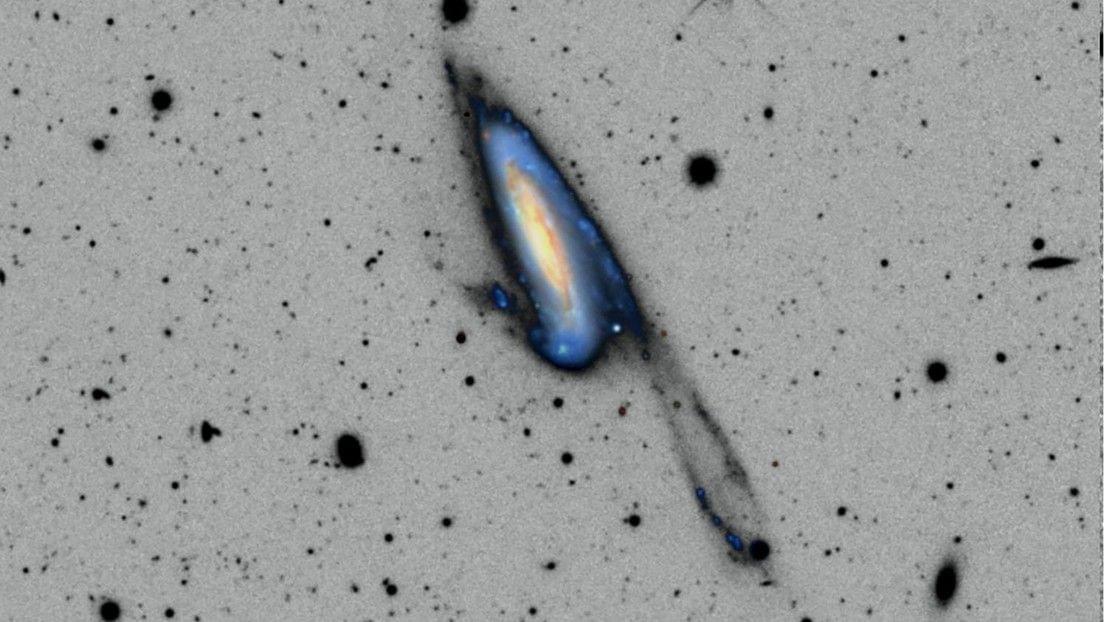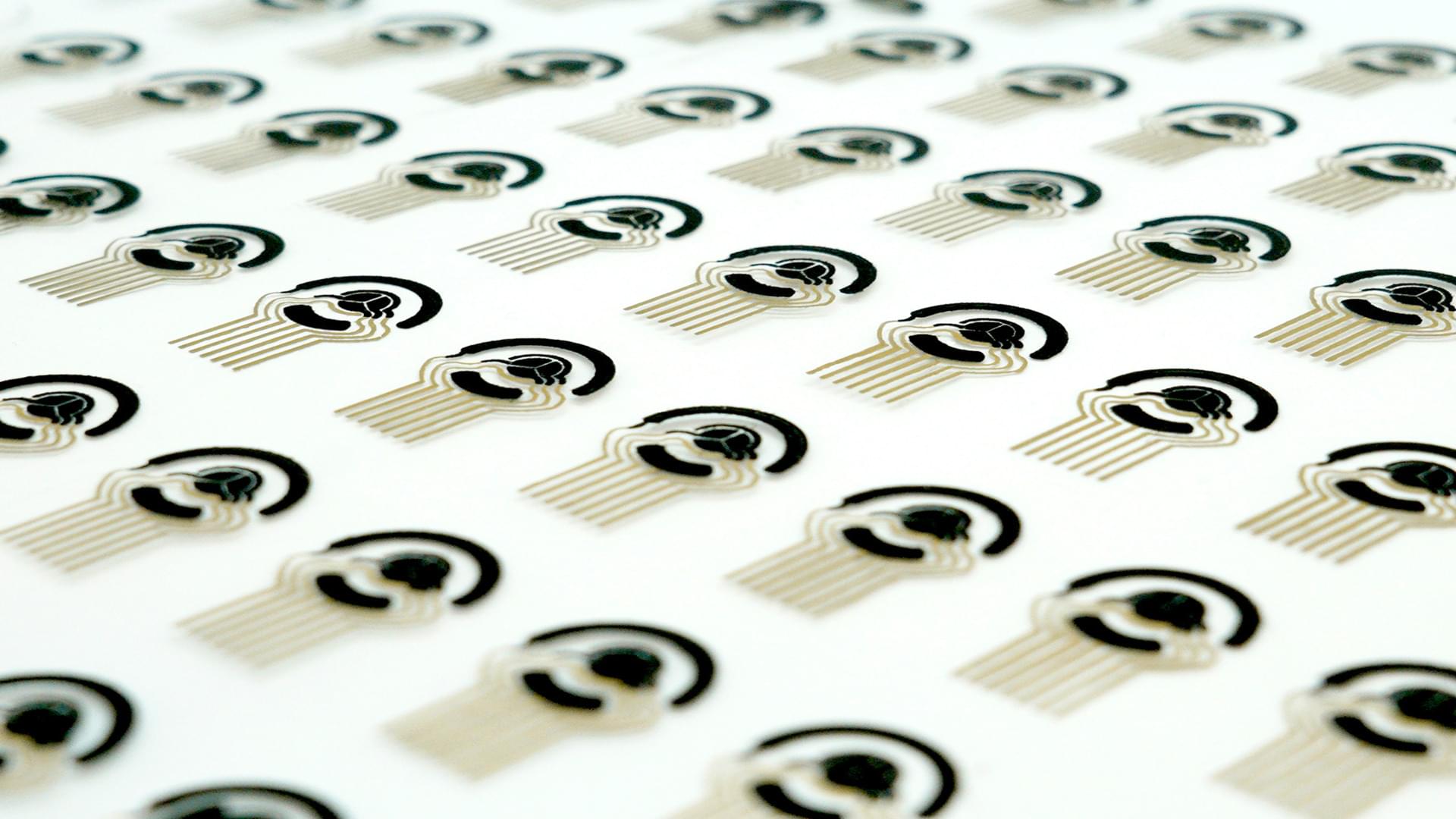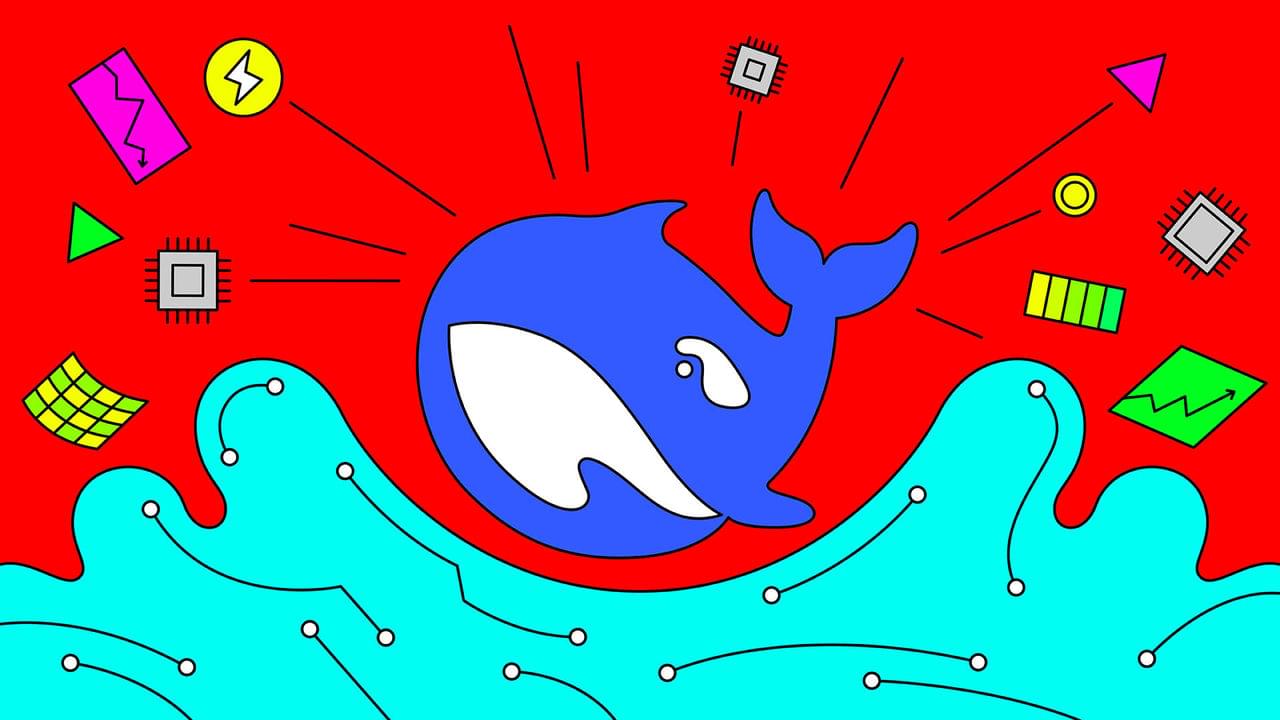Scientists improved enzyme-based biosensors by modifying MOFsMetal–organic frameworks (MOFs) are a new class of porous material compounds consisting of metal-to-organic ligand interactions. MOFs show promise to improve the efficiency and effectiveness of practical gas separation systems and are of interest for the storage of gases such as hydrogen and carbon dioxide. tabindex=0 MOFs to enhance electron transfer and enzyme stability.
Teaching healthy lifestyle behaviors to very young children is foundational to their future habits. Previous evidence suggests that philosophical thinking (PT) can help children develop moral values, cognitive skills, and decision-making abilities.
A recent study published in BMC Public Health explores the role of PT in assisting preschoolers to adopt healthy lifestyle behaviors. Some of these habits include being physically active, eating healthy, washing hands properly, having respect for one’s body, being aware of one’s needs, feelings, abilities, and responsibilities, getting sufficient sleep, and sharing one’s thoughts with others.
A new way to study 3D maps of galaxies in the cosmos without compressing the data is revealing new information about the dark universe.
Caltech just manufactured a wearable sweat sensor that “inkjet prints” biomarkers to better monitor the human body.
A paradox at the heart of quantum physics has been tested in an extraordinary fashion, pushing the boundaries of human intuition beyond breaking point by measuring a pulse of light in 37 dimensions.
Led by scientists from the University of Science and Technology of China, a team of researchers developed a method of testing a type of Greenberger-Horne-Zeilinger (GHZ) paradox according to strict criteria using a fiber-based photonic processor.
Their findings clarify how quantum weirdness operates on a fundamental level, potentially informing future applications in quantum technology. Not to mention reaffirming just how useless our brains are at understanding the operations manual for our Universe’s engine.
Using light-sensitive drugs, they identified a promising neural pathway that could lead to more effective, safer anxiety treatments.
Targeting Anxiety with Brain Circuit Research
Researchers at Weill Cornell Medicine have identified a specific brain circuit that, when inhibited, reduces anxiety without causing noticeable side effects — at least in preclinical models. Their findings highlight a potential new target for treating anxiety disorders and introduce a broader strategy for studying drug effects in the brain using a technique called photopharmacology.
CINCINNATI (WKRC) — Researchers believe they discovered a new type of life form living in the human body that were previously misidentified as viruses.
According to a new study from bioRxiv that has yet to be peer reviewed, researchers identified a new type of life form in the human body, which they called “Obelisks,” that appeared similar to viruses but with multiple key differences that make them a different type of organism.
For starters, the Obelisks do not match any previously recognized virus, so if they are viruses they are brand new. The researchers said that it’s highly unlikely the Obelisks are viruses, since they identified over 30,000 different variants, and they would have expected to find a match for a previously identified virus among so many variations.
Explore how science, innovation, and consumer demand are transforming the pursuit of longevity, from groundbreaking research to personalized health solutions.
PLUS: MGM settles breach suits; AWS doesn’t trust you with security defaults; A new. NET backdoor; and more.









